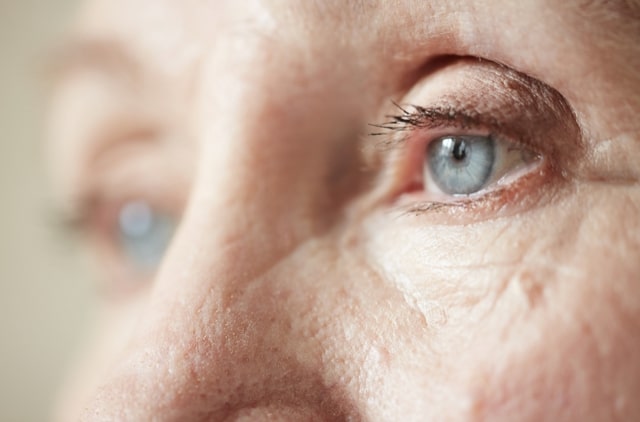Elder Abuse: Recognizing the Signs, Prevention Strategies, and Reporting Procedures

Elder abuse is a pervasive and often underreported issue that affects millions of older adults worldwide. It encompasses various forms of mistreatment, including physical, emotional, and financial abuse, as well as neglect. In this article, we will discuss what elder abuse is, the signs to look for, strategies for prevention, and how to report suspected abuse.
1. What is Elder Abuse?
Elder abuse refers to the intentional or negligent acts that cause harm or distress to older adults. This abuse can occur in various settings, including private homes, nursing facilities, and assisted living communities. Common forms of elder abuse include:
- Physical abuse: Inflicting pain or injury through actions such as hitting, slapping, or restraining.
- Emotional abuse: Causing psychological distress through verbal or nonverbal actions, such as humiliation, isolation, or threats.
- Financial abuse: Illegally or improperly exploiting an older adult's financial resources for personal gain.
- Sexual abuse: Non-consensual sexual contact or exposure to explicit material.
- Neglect: Failing to provide necessary care or assistance, leading to physical or emotional harm.
2. Recognizing the Signs of Elder Abuse
Detecting elder abuse can be challenging, as the signs may be subtle or mistaken for symptoms of aging or dementia. Key indicators to watch for include:
- Unexplained injuries, such as bruises, fractures, or burns
- Frequent arguments or tension between the older adult and a caregiver
- Changes in the older adult's behavior, such as increased agitation or withdrawal
- Unpaid bills or sudden changes in financial circumstances
- Signs of poor hygiene or an unclean living environment
- Bedsores, malnutrition, or dehydration resulting from neglect
3. Strategies for Preventing Elder Abuse
Preventing elder abuse requires a multifaceted approach involving families, caregivers, and the broader community. Some prevention strategies include:
- Education and awareness: Educate older adults, families, and caregivers about the signs and risks of elder abuse and the importance of reporting suspected abuse.
- Thorough caregiver screening: Conduct background checks and reference verification for professional caregivers or those assisting older adults.
- Regular check-ins: Maintain frequent communication with older adults, especially those who are isolated or have limited social support.
- Respite care: Provide opportunities for family caregivers to take breaks and reduce stress, which can contribute to abuse or neglect.
- Legal protections: Establish and review legal documents, such as wills and powers of attorney, to protect the older adult's rights and financial interests.
4. Reporting Elder Abuse
If you suspect elder abuse, it is crucial to take action promptly. Reporting procedures may vary depending on your location, but some general steps include:
- Speak with the older adult: If it is safe to do so, talk with the older adult about your concerns and offer support.
- Contact local authorities: Report your suspicions to the appropriate adult protective services agency, law enforcement, or a long-term care ombudsman if the abuse occurs in a care facility.
- Document evidence: Gather any available evidence, such as photographs of injuries, financial statements, or witness accounts, to support your report.
- Seek professional guidance: Consult with healthcare providers, social workers, or legal professionals for advice and assistance in addressing the situation.

Elder abuse is a serious and widespread issue that can have devastating consequences for older adults and their families. Recognizing the signs of abuse, implementing prevention strategies, and knowing how to report suspicions are essential steps in combating this critical public health concern. By working together, we can create safer environments for older adults and ensure their well-being and dignity are protected.

 Honoring Silent Battles: PTSD Awareness in Elderly Veterans
Honoring Silent Battles: PTSD Awareness in Elderly Veterans Wrapping Up with Heart: The Legacy Recipe Share 2025
Wrapping Up with Heart: The Legacy Recipe Share 2025